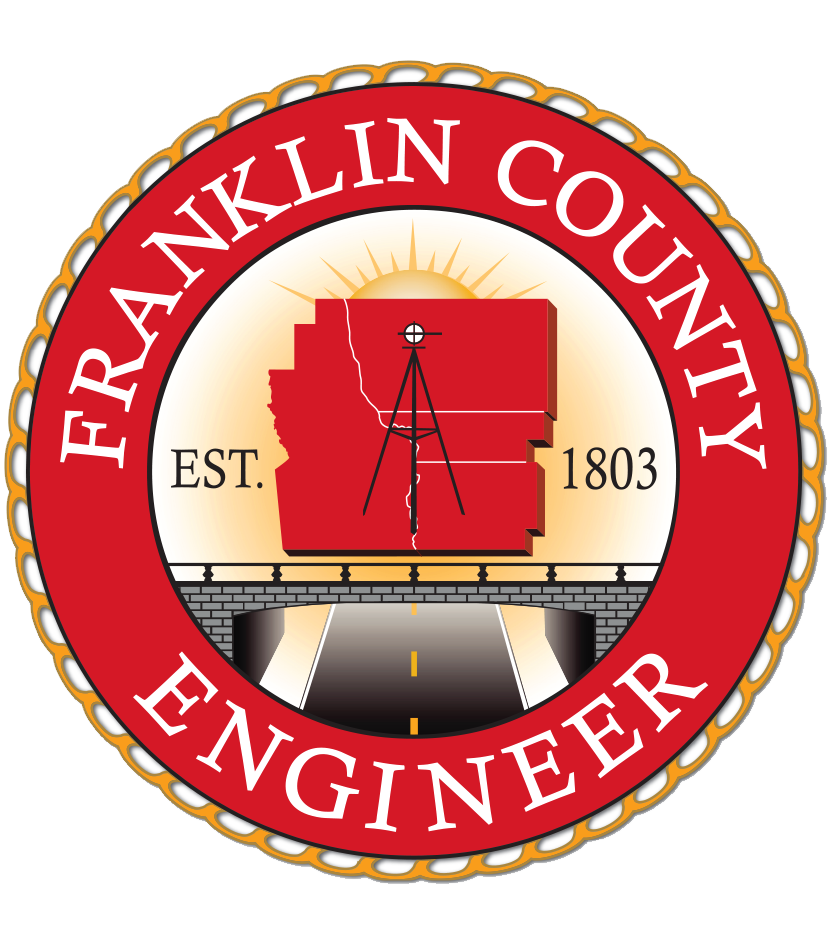Surveyor’s Journal Entry Five
Franklinton and Worthington are the County’s First Towns
Gift Street was the first thoroughfare laid out in Franklinton by Deputy Surveyor Lucas Sullivant who gifted land around it to encourage settlers to stay in his fledgling community. Despite an abundance of fine farm and grazing land, and wild game, it was difficult, at first, to maintain a consistent populace. Floodwater from the Scioto River washed away many of the original cabins followed by seasonal outbreaks of fever.
By 1801, however, Franklinton’s population grew to the point where a schoolmaster, general store, and grist mill were needed. At the time, land was priced between one and two dollars per acre, making the community an economical destination for pioneers.
The town was laid out in a grid pattern of street blocks that contained fours lots each. The lots were 99 feet wide and 115 feet deep and abutted the rear of the next block. On the outskirts, lots varied in size from 100 to 200 acres.
Eight miles up the Olentangy (Whetstone) River, Deputy Surveyor James Kilbourne (President of The Scioto Land Company of Granby, Connecticut) scouted the sight for the town of Worthington in 1802. He chose 8,000 acres in the U.S. Military District that had been originally surveyed in 1797 by Deputy Surveyor Israel Ludlow (an assistant to Thomas Hutchins from Morristown, New Jersey and one of the founders of Cincinnati).
The town was divided into 160 three quarter acre lots with a 5-acre public green in the center. Farther out, farm lots ranged in size from 20 to 130 acres.
Named initially for the Hamlet of Worthington, Connecticut, it became generally accepted that esteemed Surveyor and Politician Thomas Worthington, who was a close Kilbourne associate, would be the community’s namesake.
By the time Ohio was admitted to the Union as the seventeenth state on March 1, 1803, there were nearly 400 land claims in Franklinton, which served as the county seat until 1824, and 100 in Worthington.





